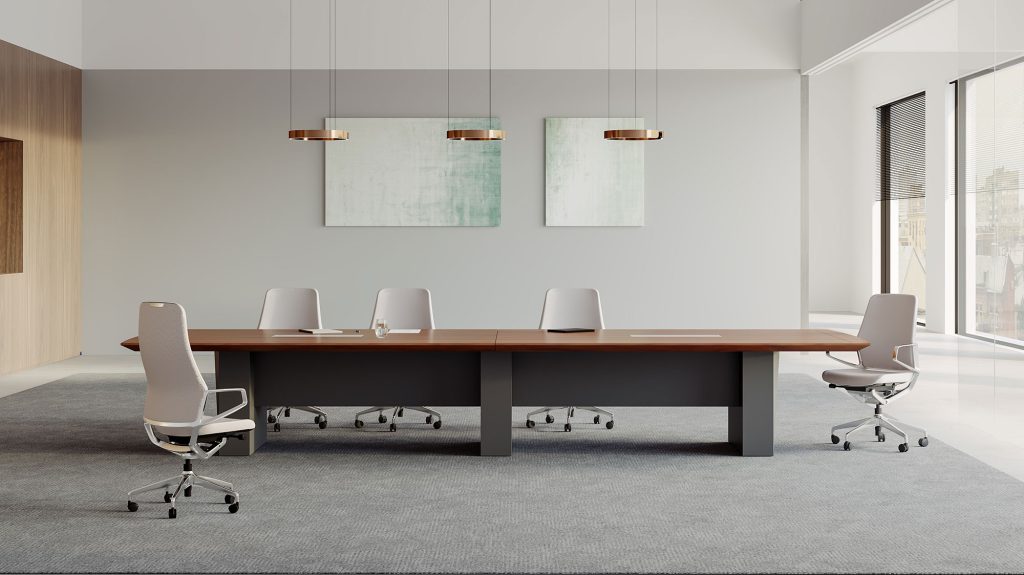
In hyper-competitive industries, neurodiversity—the spectrum of neurocognitive variations—is becoming a secret weapon. Yet most office furniture remains calibrated for "average" users, creating barriers for the 15% of workers with dyslexia, ADHD, or autism. Forward-thinking companies are now commissioning furniture that harmonizes with diverse brain chemistries, turning differences into strengths.
Sensory Orchestration
Consider acoustic privacy pods designed like concert halls, with adjustable reverberation times. For autistic employees, these "soundscapes" can reduce sensory overload; for neurotypical teams, they enhance focus. Danish firm Montana's customizable storage systems incorporate tactile surfaces—think writable steel panels paired with velvety fabric inserts—letting users self-regulate through touch. Meanwhile, lighting systems like Philips Hue Sync dynamically shift colors to align with circadian rhythms, stabilizing mood swings common in ADHD.
Kinetic Intelligence
Traditional desks are static prisons for kinetic learners. Dutch designer Maarten Baas's "Wobble Tables" tilt subtly with movement, channeling restless energy into creative flow. Similarly, Steelcase's Silq chair uses a polymer matrix that responds to posture shifts 8x faster than conventional mechanisms, providing subconscious feedback that helps dyslexic users maintain balance during reading tasks. These designs don't just accommodate movement—they harness it as fuel.
Spatial Storytelling
Neurodiverse teams thrive on visual clarity. German manufacturer Sedus's "Wayfinding" partitions use color gradients and symbolic icons to create intuitive navigation paths, reducing anxiety for autism-spectrum employees. Meanwhile, collaborative zones with adjustable sightlines—like Vitra's Tip Top tables with hydraulic height adjustment—let introverts control eye contact without appearing antisocial. These environments become cognitive prosthetics, not just backdrops.
The ROI of Inclusion
SAP reported a 42% increase in innovation metrics after retrofitting offices with neurodiverse-friendly furniture. Microsoft's Autism Hiring Program saw a 63% retention rate boost in spaces designed with sensory buffers. These aren't just feel-good initiatives—they're strategic acknowledgements that tomorrow's breakthroughs will come from minds that think differently.
By designing furniture that dances with neurodiversity instead of dictating behavior, companies unlock latent potential. The office of the future won't just be smarter—it will be kinder, recognizing that genius rarely conforms to standard measurements.
